-
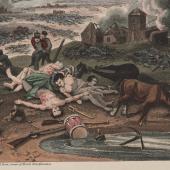
‘A true picture of a field of battle’
-
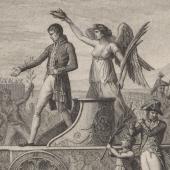
Napoleon proclaimed Emperor
-
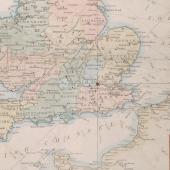
Threatened invasion
-
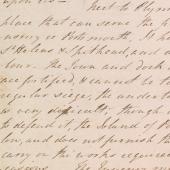
Military report
-

Britannia's proclamation
-
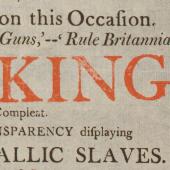
In rehearsal
-
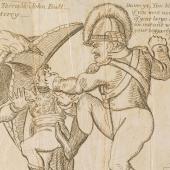
John Bull and Bonaparte
-
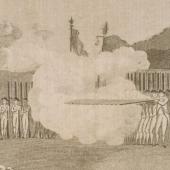
Footsteps of blood
-
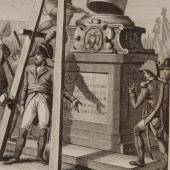
Colonne de Rosback
-
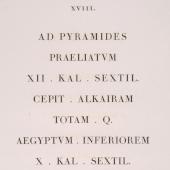
Fastes / Fasti (1)
-
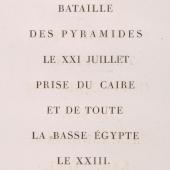
Fastes / Fasti (2)
-
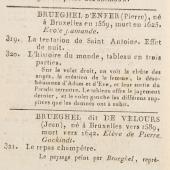
Statues, bustes, bas-reliefs (1)
-
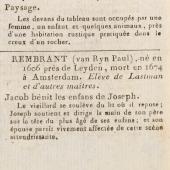
Statues, bustes, bas-reliefs (2)
-
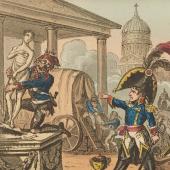
Seizing the Italian relics
-
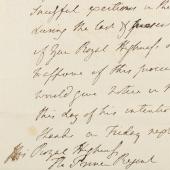
Spencer Perceval
-
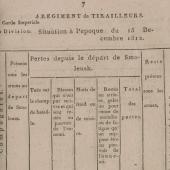
Russia, 1812–13
Europe in turmoil
A damned serious business
After the French Revolution of 1789, Europe was embroiled in twenty-five years of near-continuous war. Early attempts to subdue revolutionary France gave way to a series of conflicts in which successive coalitions of European powers struggled to deal with the expansionist ambitions of Napoleon, Emperor of the French from 1804.
Napoleon’s military genius, and the failings of his enemies, left much of western and central Europe under French control by 1810. In a series of battles, including those fought at Austerlitz in 1805, Jena in 1806 and Wagram in 1809, Napoleon demonstrated his ability to outthink and outmanoeuvre the Russian, Austrian and Prussian generals ranged against him. This was warfare on a new scale, made possible by more effective and intrusive forms of central government, paid for by higher and more efficient taxation, facilitated by conscription, and harnessing improved communications and weaponry. Year by year the casualty toll mounted and everywhere the pressures on social order grew more acute.